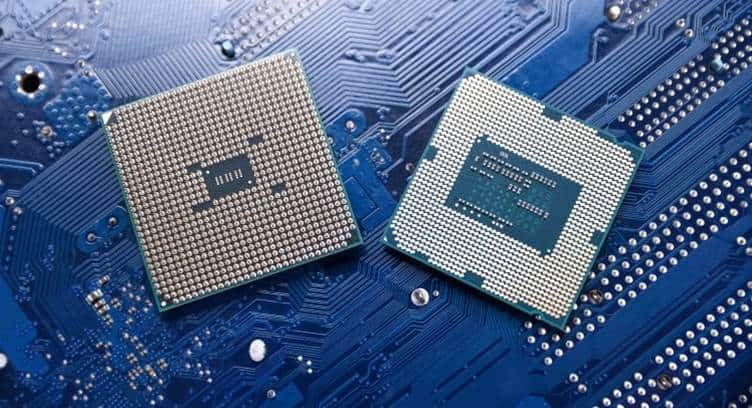Nokia last week announced that its Core Networks business is using 3rd Gen AMD EPYC processors to power the servers that deliver Nokia Core cloud-native software products, expanding the server-chip choices available to Nokia communication service provider (CSPs) customers in order to drive new levels of performance and energy efficiency improvements of 5G networks.
The announcement represents an extension of Nokia’s broader efforts to accelerate digitalization to help the ICT industry reduce its environmental footprint and to support other industries becoming more resource efficient.
Nokia is targeting up to a 40% reduction in server power consumption to run Core workloads using AMD EPYC processors.
Nokia CSP customers can purchase the AMD EPYC powered servers through Nokia or direct from other suppliers when they become commercially available during the first half of 2022. Existing servers using other chips that deliver Nokia Core software will continue to be available.
Nokia has committed to decreasing its emissions by 50% by 2030 across its value chain, including its own operations, products in use, logistics, and final assembly supplier factories.
Dan McNamara, SVP & GM, EPYC, Server, AMD
We are excited to collaborate with Nokia to provide their customers with the performance, efficiency and overall sustainability benefits of 3rd Gen AMD EPYC processors. With our unique capability to offer high core counts in an energy efficient package, we are enabling outstanding performance for telco and 5G workloads, while supporting Nokia and the ICT industry’s quest to improve energy efficiency and the overall performance of its operations.
Fran Heeran, SVP & Head of Core Networks, Cloud and Network Services at Nokia
Through the latest generation of AMD EPYC processors and Nokia’s cloud-native Core software, we are helping CSPs shrink the carbon footprint of their networks. This is critical as advanced 5G service roll-out accelerates, with the associated implications for new demands on energy consumption and our continued innovation push to minimize the impact of those demands.



















